 Vancouver Convention Centre, as seen from the Fairmont Hotel across the street
Vancouver Convention Centre, as seen from the Fairmont Hotel across the street
Yesterday marked Day 2 of the TechDays Vancouver 2009 conference. The track that I’m in charge of is the most broad one: Developing for the Microsoft-Based Platform. With such a wide array of topics that I could cover, I decided to focus on four areas that I and the people I surveyed thought would be both important and interesting:
- Rich (Internet) Applications
- The “Software” half of “Software + Services”, namely client applications on computers and other devices
- ASP.NET MVC, the model-view-controller web app framework that I like to call “Rails That Scales”
- The “Services” half of “Software + Services”: services accessible via the internet
Day 1 was about the first two, and Day 2 covered MVC and Services.
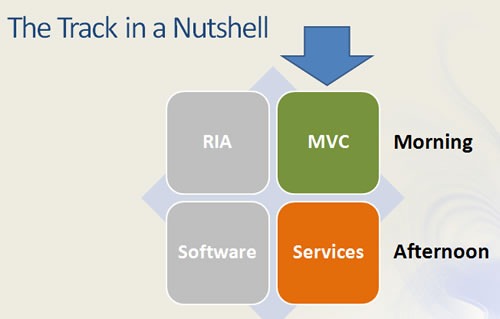
The morning featured two ASP.NET MVC sessions. First, Charles Nurse of DotNetNuke presented Introduction to ASP.NET MVC, which was aimed at ASP.NET developers looking to make the leap from WebForms or to see what MVC is all about. Daniel Flippance of Habaneros provided a great follow-up presentation with SOLIDify Your ASP.NET MVC Applications, which matched two great topics – our new web application framework and the SOLID principles of object-oriented design (which I covered back in July with this article).
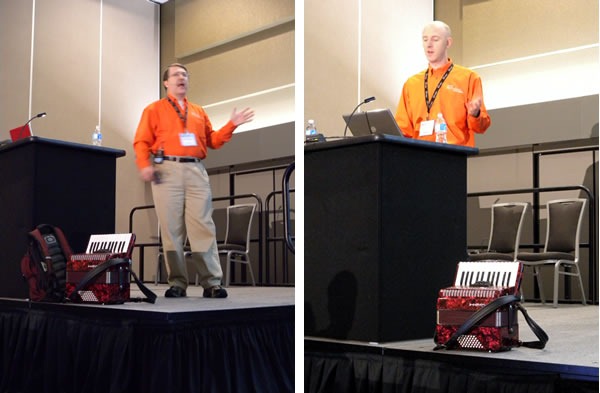 Charles Nurse and Daniel Flippance
Charles Nurse and Daniel Flippance
The afternoon was all about services. We started with Phil Bolduc presenting Building RESTful Services with WCF, which covers two topics that Microsoft developers are just starting to pick up. After that came Ho Yan Leung, whose session was Developing and Consuming Services for SharePoint. As you can see in his photo below, you can find Windows 7 and Microsoft platform development in places you wouldn’t expect:
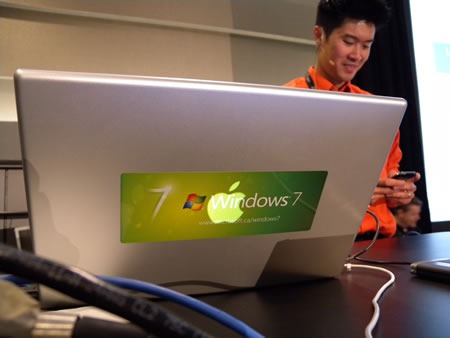 Ho Yan Leung
Ho Yan Leung
(Phil: I got sidetracked during your presentation and didn’t get a chance to snap your photo. My apologies!)
After the final session, we cleared out the presentation halls, gathered for a post-conference meeting to discuss what went right, what went wrong and what we should do at the next stop on the TechDays tour, which is Toronto on the 29th and 30th. We packed the demo machines in their nigh-indestructible flight cases:
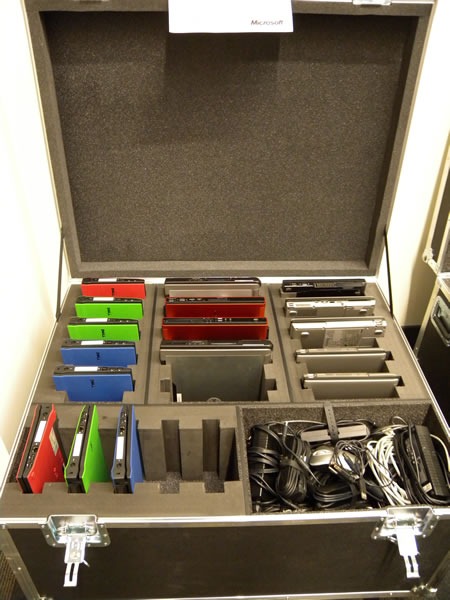
The red, green and blue machines are Dell Netbooks. They’re cute, but my stance on netbooks remains unchanged.
The really nice machines are the copper-coloured 16 gig “Dell-a-saurus” machines in the middle row.
We marked the end of TechDays Vancouver 2009 with strong drink and flaming teppanyaki:

[This article also appears in Canadian Developer Connection.]

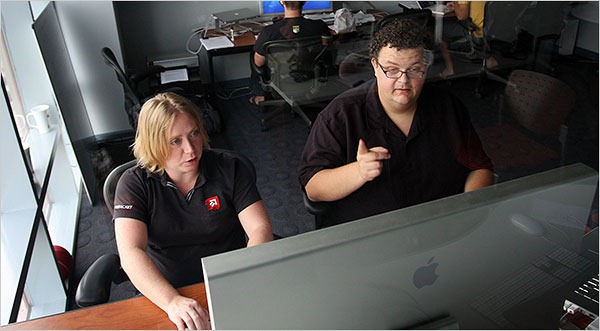
 A little aside: Hashrocket’s logo is a great example of a development company working closely with a design company. After some discussion about the company’s name and where it comes from, they took the => symbol, which demarcates the keys from the values in Ruby hashes, and worked it into a clever little graphic. This is what good designers do, especially when you communicate with them!
A little aside: Hashrocket’s logo is a great example of a development company working closely with a design company. After some discussion about the company’s name and where it comes from, they took the => symbol, which demarcates the keys from the values in Ruby hashes, and worked it into a clever little graphic. This is what good designers do, especially when you communicate with them!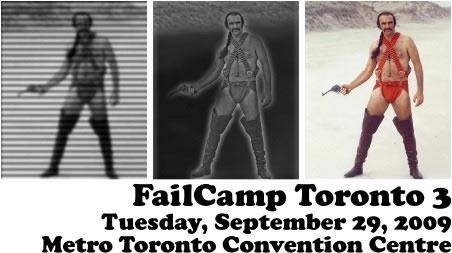
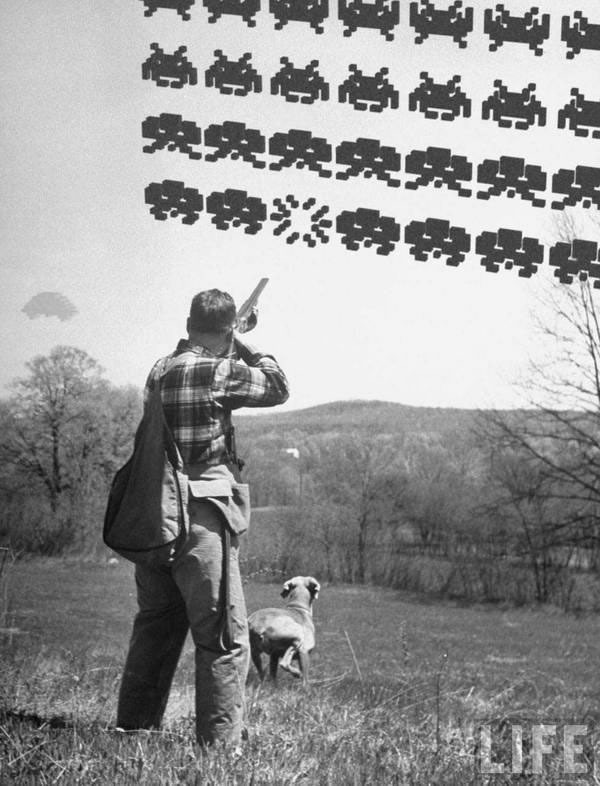
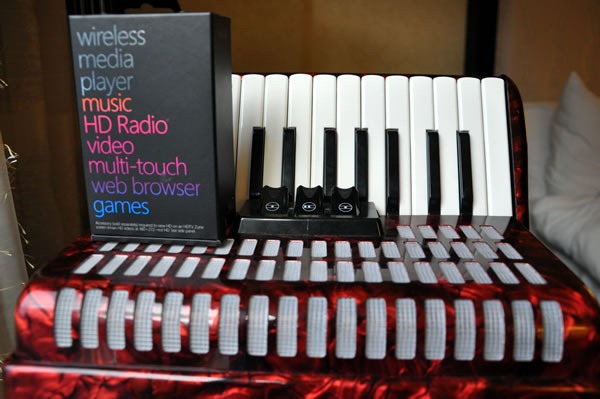
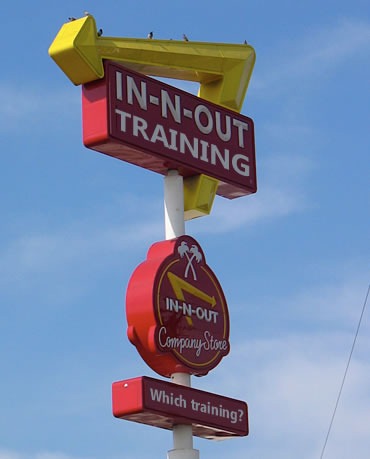
 Vancouver Convention Centre, as seen from the Fairmont Hotel across the street
Vancouver Convention Centre, as seen from the Fairmont Hotel across the street
 Charles Nurse and Daniel Flippance
Charles Nurse and Daniel Flippance Ho Yan Leung
Ho Yan Leung
